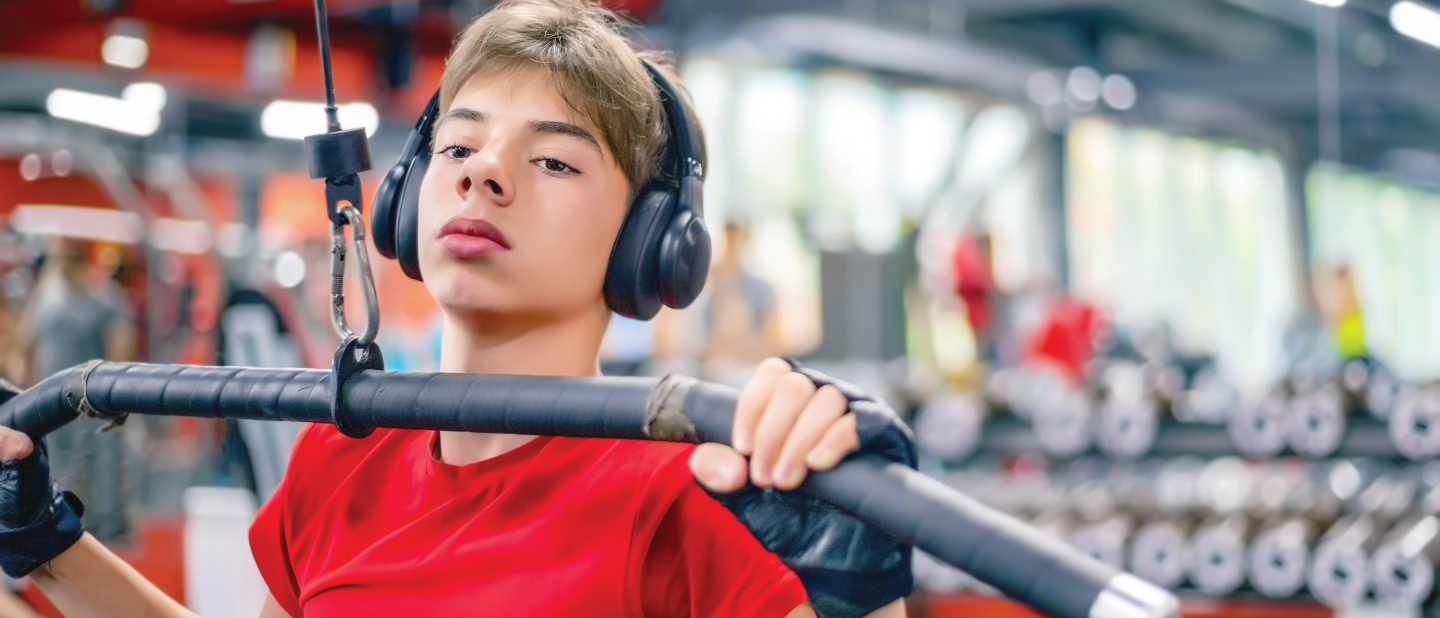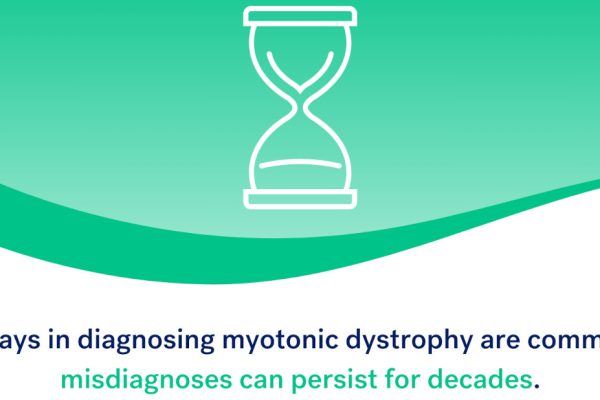
Beat the summer slump

Tommy Trout, our resident fitness guru, tackles teen motivation over the summer holidays
As a single, childless male in his 30s I do fancy myself something of an expert in parenting… JOKES!
Far be it for me to tell parents what’s good for their teenage children and how to do their job; however, one question I often get from parents of my teenage clients with a disability is, ‘How do I get them off the couch and away from their phones or Xbox?’.
It’s an important question, and one I’ve taken right to the kids themselves; and most of theirs answers revolve around ‘what am I supposed to do at home then?’.
Which is also a fair point. However, with the summer holidays around the corner, finding a solution is key to preventing a couch potato from taking root in your living room!
There are some strategies I’ve seen work, and I’ll unpack them below, but first let’s look at how much physical activity is required to be considered healthy.
From a health and fitness perspective, the recommended physical activity for people aged 5-17 is roughly 60 minutes a day of moderate to rigorous activity. So, think physical activities and sports like rock-climbing, soccer, strength-training in the gym, etc.
What we need to then consider is; does your child have any opportunities to engage in any of these activities? Expecting them to take themselves off to do sprint drills in the park might be asking a bit much, so here are some ideas and strategies that have worked for other families.
• Negotiation: I have a client who loves computers and spends all her time coding and gaming. Which is awesome, but her posture and overall physical wellness began to suffer. The family ended up negotiating a deal with her that if she completes an hour of exercise in the morning, then she can go on her computer. Over time other things were negotiated like family time, no devices at the dinner table, etc. Rules that are explained and are negotiated with the young person tend to go better than demands that are just arbitrary and inconsistent.
• Organised sport and activities: I’ll preface this with an acknowledgement that not every child wants to play sport nor does every postcode have opportunities for all abilities. But if you think there is appetite then Disability Sports Australia, Special Olympics, and many local providers run sport programs in the holidays, with more being brought to market every day due to their popularity. A friend’s kid recently joined Special Olympics Australia and absolutely loves it. Now the problem is they want to go to every event and activity!
• Introduce them to the gym: I’m obviously biased in this one – and I know it’s not always appropriate depending on age and disability – but gyms hold many advantages and can be a great solution. For starters, there’s lots of them, they’re indoors and so are weather-proof, consistent and predictable. Many of the machines are easy to use and are hard to hurt yourself on as they are guided. Free- weights are a bit riskier but yield better results. Regardless, most young people will find appropriate exercise equipment there. And if accessibility is a major concern, then MMA/boxing gyms are great. They are typically less cluttered, and boxing drills can be done by most people in wheelchairs depending on disability.
One of my oldest clients has cerebral palsy and has an extremely limited range of movement with his arms. We still found a way to get him boxing (including punching me).
I’m running out of space to continue this list but I’m always here to help and provide some support if needed.
Hope this helps and happy holidays!
Tommy Trout, Inclusive-AF, inclusive-af.com






